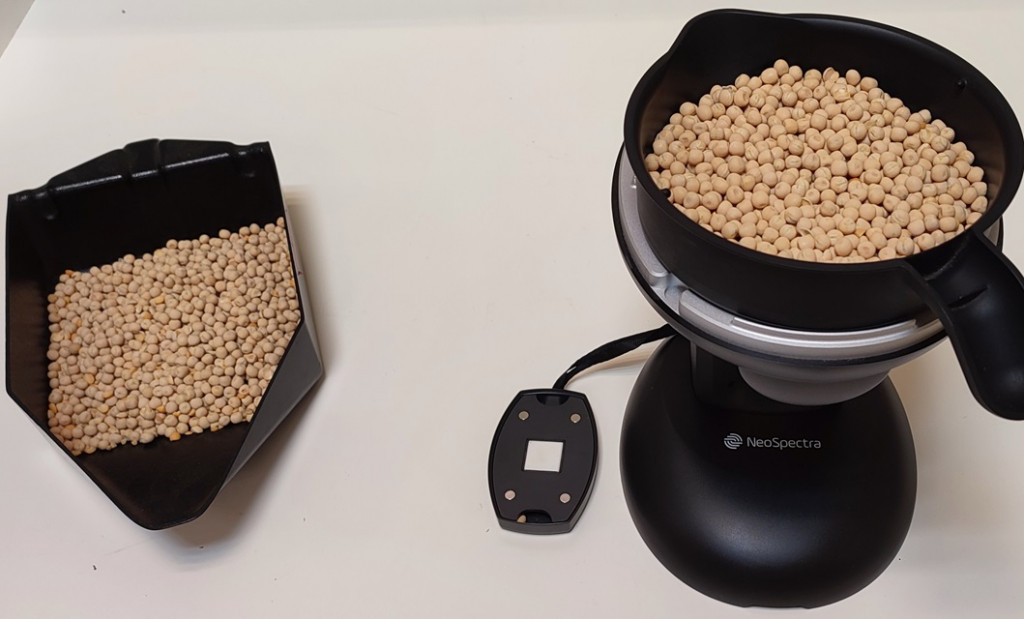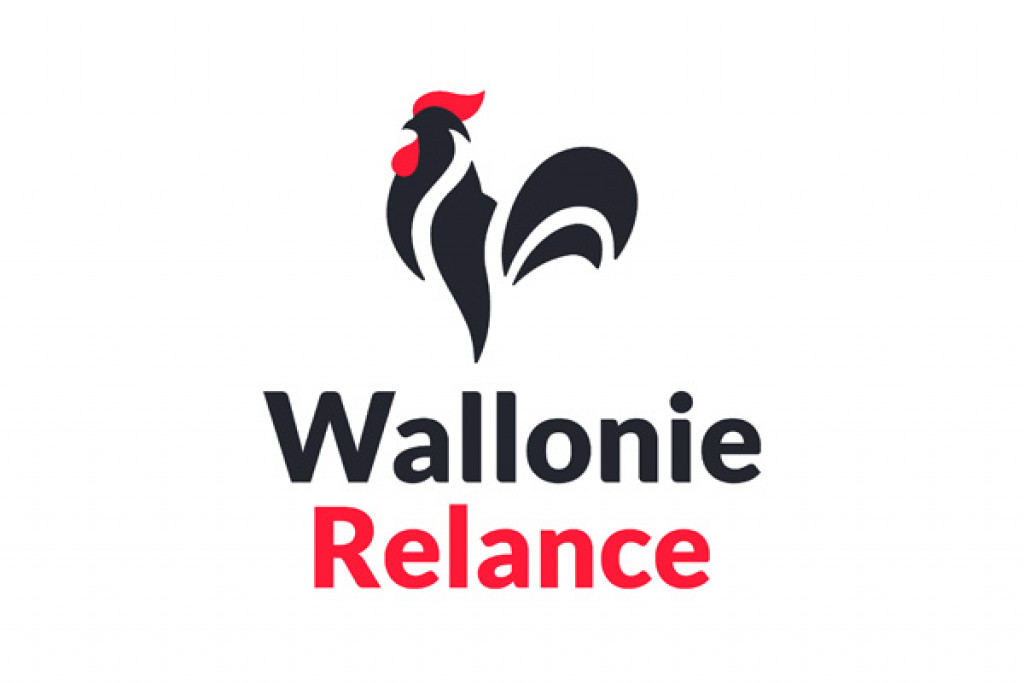The development of agri-food chains anchored in the local region, which are profitable for the entire chain and enable total and circular value-creation, is focused on the vegetable protein sector in particular. The Walopea project, running for a period of two years, is a partnership between Wagralim, CePiCOP and the CRA-W. The aim of the project is to propose specific improvements in the quality control of products from Walloon crops, and to facilitate the deployment of the "protein pea" sector.
At the CRA-W, work is focused on developing rapid analysis methods to better assess product quality and optimise sorting and storage operations, with the aim of improving industrial valorisation for both human and animal consumption.
Near-infrared spectroscopy, already used by the agri-food industry to analyse the quality of agricultural products, is used to quickly, easily and reliably determine the total protein content of protein crops (peas in particular, but also lentils, faba beans and chickpeas). Calibration models are currently being developed that are specific to these crops and functional both in the laboratory and in the field. In this context, the potential of a portable near-infrared spectrometer (NeoSpectra, Si-Ware Systems) is being evaluated. To check pea quality, it's also important to be able to detect any contaminated batches, whether by mycotoxins (ochratoxin A) or allergens such as soya. An inventory of existing rapid methods for detecting these contaminants has been drawn up. Commercial kits have been selected and are currently being assessed for detection in this matrix.
The hope is that these analytical tools can help to optimise the entire vegetable protein production chain in Wallonia, and thus improve the quality of the end product.
Financing: Walloon Recovery Plan
Photo caption: Measuring protein peas using the NeoSpectra (Si-Ware Systems)





